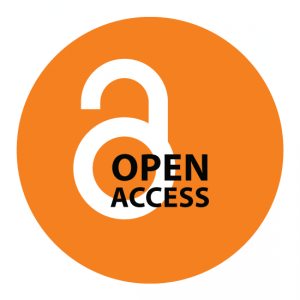 Whether you’re looking at the transformation of scholarly publications or the overall conversation across the globe, it’s clear to see that open access is picking up steam nearly everywhere. In a recent article from Thomson Reuters, the firm takes a deeper look at the move toward open access and its implications.
Whether you’re looking at the transformation of scholarly publications or the overall conversation across the globe, it’s clear to see that open access is picking up steam nearly everywhere. In a recent article from Thomson Reuters, the firm takes a deeper look at the move toward open access and its implications.
Cost of open access
Like any publishing model, open access is not without its costs and values. In a traditional open access model, the burden of the cost falls back, in part, on the researcher. Because publishers are not earning subscription fees and individuals no longer have to purchase articles, the author takes on some of the cost of publishing and copy editing.
However, Reuters points out that it is pretty common for publications that are truly dedicated to open access to make affordable those costs to people who may typically not be able to afford it (i.e. waiving fess or article processing credits).
Academic and societal value
In contrast to the cost, the value of open access publications is felt on both an academic and societal level.
For researchers, open access allows scientists to get their findings published faster. By getting the data disseminated faster, researchers can get more citations and begin to connect the dots between the science and our everyday lives.
Reuters additionally states out that data supports the idea that open access publications tend to get more citations overall than papers published in for-profit journals.
The benefits of open access publications can also be felt by academic institutions, where many universities have had to cut costs in the form of subscriptions to traditional journals in the last decade. With the influx of open access journals, universities can provide more science to up-and-coming researchers and potentially take some of that supplemental budget to help offset some of the costs for publishing fees.
But the benefits go well beyond the world of academic; open access can touch all parts of societal life with its potential to bolster innovations that could address so of the world’s most critical issues.
“There was a 16-year-old who used Open Access journals to develop a pancreatic diagnostic that was a fraction of the cost and 98 percent accurate,” Laura Michaelson, a graduate student at the University of Colorado and founder of the school’s Open Science Interest Group, told Reuters. “And beyond that compelling anecdote you should think about a parent whose child was recently diagnosed with a poorly understood type of cancer. You want that parent to be able to go online and conduct their own research about the latest medical findings.”
Free the Science
ECS’s Free the Science initiative aims to accelerate the scientific discovery and application progress by eliminating all barriers to our scientific research – both to readers and authors.
The idea that science needs to be open is obviously important, otherwise it wouldn’t be getting much attention. ECS believes that discoveries need discoverability. Science means progress, and progress means finding solutions to some of our world’s most pressing problems. The research that ECS stewards and publishes can help find those solutions.


